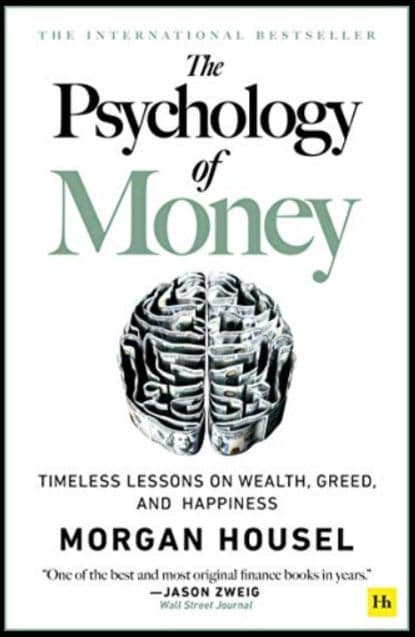A new study by Hendrik Bessembinder, a finance professor at Arizona State University, explains why it’s so difficult to successfully pick stocks that beat broad market returns – because very few actually do. He discovered “a mere 4 percent of the stocks in the entire market … accounted for all of the net market returns from 1926 through 2015.” The other 96% averaged a near total loss. What does it mean that a handful of companies accounted for the entire 9.5% growth of the US stock market since 1926?
1) A concentrated investment in one of the 4% of winners would have yielded stunning returns.
2) The odds of selecting one of those stocks, in advance, is quite low.
3) An investment in the broad market simultaneously reduced participation in those winning stocks, while ensuring some participation and thus some return.
Playing the lottery has even worse odds, but the proposition is similar. You can win – and win big – if you pick right. But don’t expect your stock (or lottery ticket) to retain much value, if the odds hold, and you pick wrong.
For more, check out reporting in the New York Times and Bessembinder’s study.
